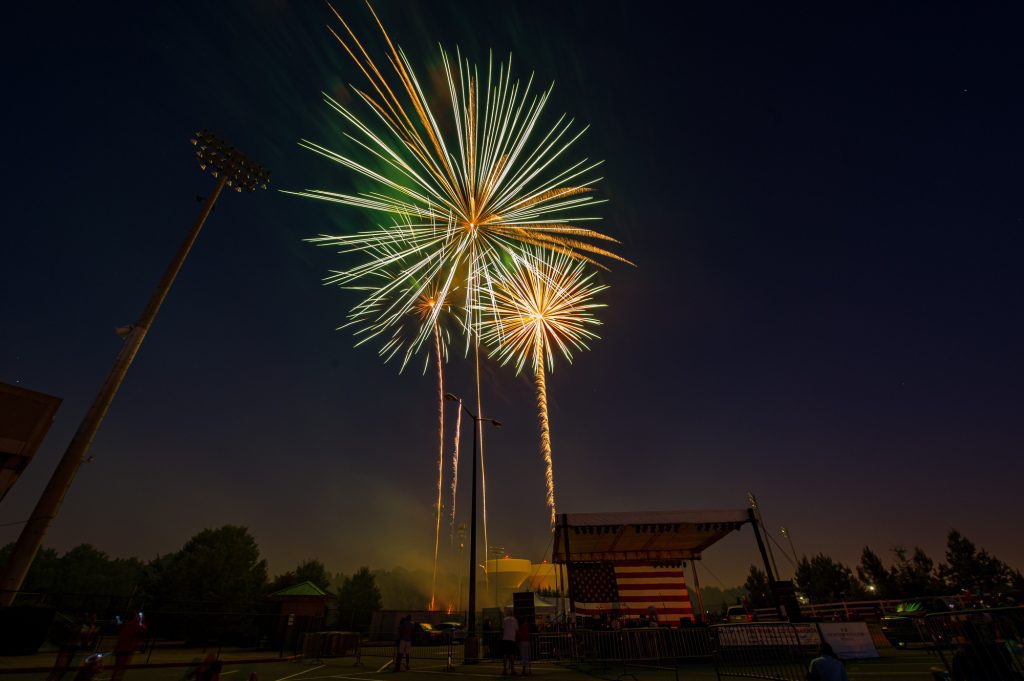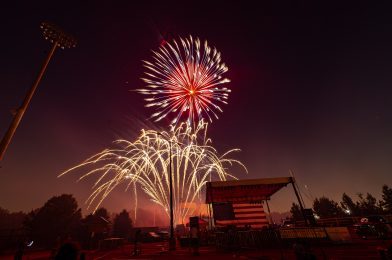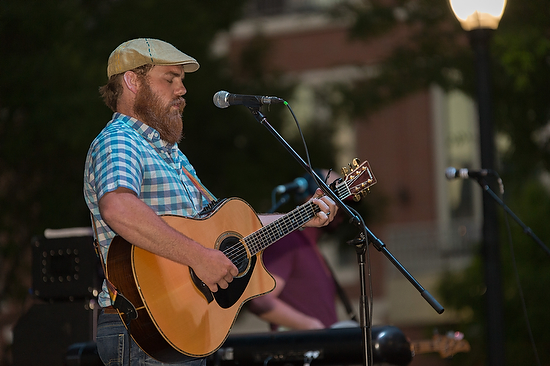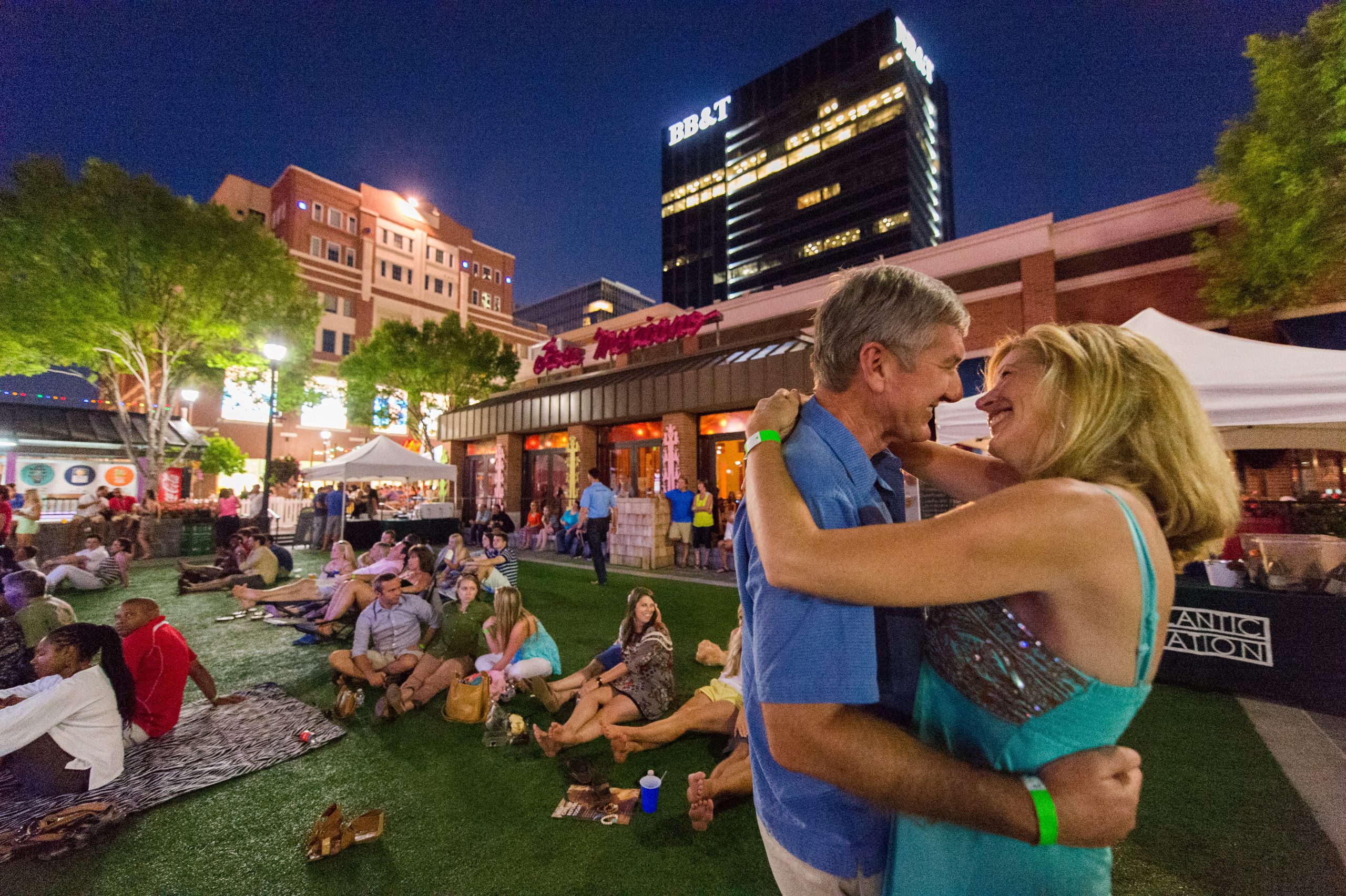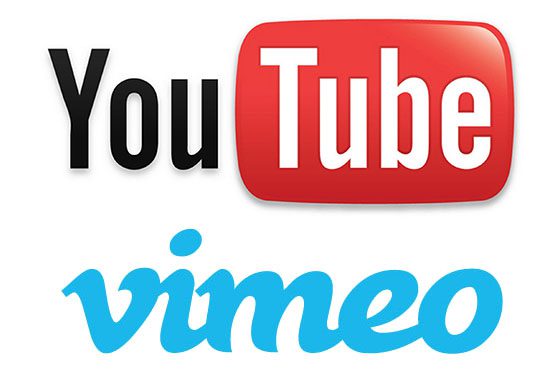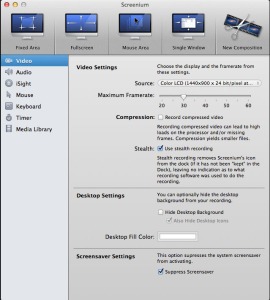If you were in the press room and were watching all the photographers ingest their images, write captions, crop and upload their images to the wire services or newspapers you would find the majority of them using PhotoMechanic. It sells for $150 and works on PC or Mac.
Why PhotoMechanic?
The number one reason most use it is speed. It is a stand alone image browser that is so fast for the pressroom most who use it in their workflow ingest into this program and if they need to more than crop their images then they may use PhotoShop or Lightroom to adjust color, burn and dodge or some other image correction.
Many photographers shooting on deadline shoot JPEGs for speed. Some will shoot JPEGs plus RAW and use the RAW to help salvage an image if necessary. You see most of these pros are nailing the exposure, focus and white balance. The most they are doing is cropping or rotating an image.
 |
| Figure 1 |
Step One—Ingest
PhotoMechanic allows you to ingest multiple cards at one time. In Figure 1 you can see the screen that lets you customize how you ingest. I select the cards and then select a destination, which for me is always an external drive. I have it checked that when it is done to eject the cards and only to ingest new images.
Two more things I do before clicking the “Ingest” button is click the renaming of files. Now once this is done the next time I ingest this will be the same. By the way I rename all my images using this code “{year4}-{month}-{day0} {hour24}-{minute}-{second}.”
The most important step to me that makes this program stand out is the ability to embed text into every image as I ingest.
 |
| Figure 2 |
You can see the box that pops up when you click on the IPTC Stationary Pad here in Figure 2. There are more fields as you scroll down than you see here. PhotoMechanic will remember all that you typed as a default. You can also save these and then load them as needed. For example if you shoot for Associated Press you have to use certain fields and they will be different than if you shoot for the New York Times. You may also have your own personal style that you want to use. So, I have many different forms saved to help speed up filling this form out.
Once I finish this I ingest. This will put the same IPTC on every image. This way when I want to modify the IPTC I only need to change a few things rather than put everything in the form from scratch.
Step Two—First Edit
I really don’t want all the images I just ingested, so I am going to select the ones I want to keep first.
 |
| Figure 3 |
I look at each image and decide do I want it or not. If it is a keeper I just type “T” and the program puts a check in the box and it is now “tagged.”
 |
| Figure 4 |
I then go and select all the “Untagged” images and select all the images. The together I push “⌘ Command” and “Delete” to move all of them to the trash. Once this is done I show all images again.
Step Three—Rating
PhotoMechanic lets you rate images using color code system and/or stars. I primarily use the stars since this is how I was marking my contact sheets back in the days of film.
 |
| Figure 5 |
You need to go to preferences> Accessibility and this is where I check to use the Star Rating. Now when I like an image I can just key 1—5 and if needed 0 to remove them. A 5 for me is portfolio quality and 1 is it is OK and usable for publication. It is a sliding scale from there for me.
Step Four—Caption Modification
Now I go to the bottom right hand corner of PhotoMechanics contact sheet and click how many “Stars” I want to show to help me narrow down the images I will transmit to the publication or wire service.
 |
| Figure 6 |
Usually the number of images Sports Photographers are moving from a normal game is about 5 to 6 images.
Now I can go into each photo and customize the caption. Now the really cool thing about PhotoMechanic is saving you key strokes and helping you be accurate with spelling. This is called “Code Replacement” in PM.
Go to Edit>Settings>Set Code Replacements and here you will select a TXT file that has been previously created. This will have the roster of the players for both teams.
 |
| Figure 7 |
One guy has a website that you can go to and create that file for a small fee and help save you tons of time captioning players names, position they play and number. Here is that link to help you understand how to use this in PhotoMechanic http://www.codereplacements.com/.
Step Five—Image Correction if Needed
Sometimes you might need to do some work on the image. Here the photographer can press “⌘ Command” and “E” if they have selected an editing program like PhotoShop to make changes to an image or images.
 |
| Figure 8 |
To designate a program like PhotoShop go to Preference>Launching and create the link to the program.
Step Six—Upload for Deadline
Now you need to upload these images. Here is what I am doing for Associated Press. I have all the ftp information stored in PM and so I just select all the images, right click and click on “Upload.”
 |
| Figure 9 |
What pops up is Figure 9 for me. I then just click send and the images are off the the photo desk.
Step Six—Keywording When not on Deadline
For when I am shooting for something other than deadline I am often keywording images.
 |
| Figure 10 |
To help you with Keywords, PM already has a structured list of keywords for you to use that many Stock Agencies already use and then you can add your own keywords.
So you can select one or multiple images and then just type “⌘ Command” and “I”, which brings up the IPTC pad [figure 2] and then click on the pull down menu for Keywords see Figure 11.
 |
| Figure 11 |
When you click on it you will then see Figure 10. This way you can add things like “African American male” to all the photos you selected at one time. Now right next to the keyword field is a box with + sign next to it [Figure 11]. If you check it then it will keep any keywords already in the image and just add your keywords. This way you can go through select all the photos with women and keyword them and then go and + add those photos where there are flowers in them.
Step Six—Upload to PhotoShelter or Stock Agency
 |
| Figure 12 |
PM has many ftp logins already for you like PhotoShelter, Flickr and SmugMug for example. Here in Figure 12 you can see I have PhotoShelter. I just pick the folder or create a gallery to upload the images.
Stanley’s Workflow
- Ingest to PhotoMechanic
- Select the keepers
- Delete all untagged images
- Import into Lightroom, because I am shooting RAW
- Make all corrections necessary to images
- Export all images to sRGB JPEGs
- Open PM
- Upload if necessary
- Burn DVD as needed


